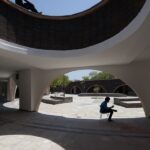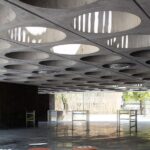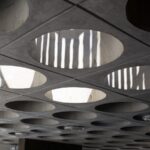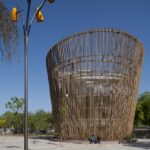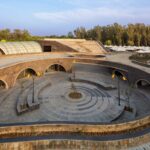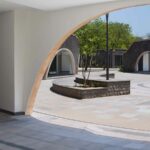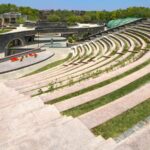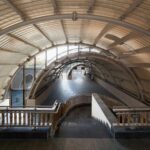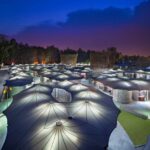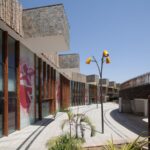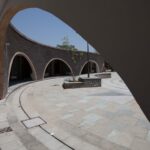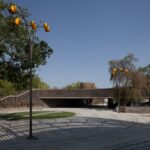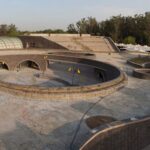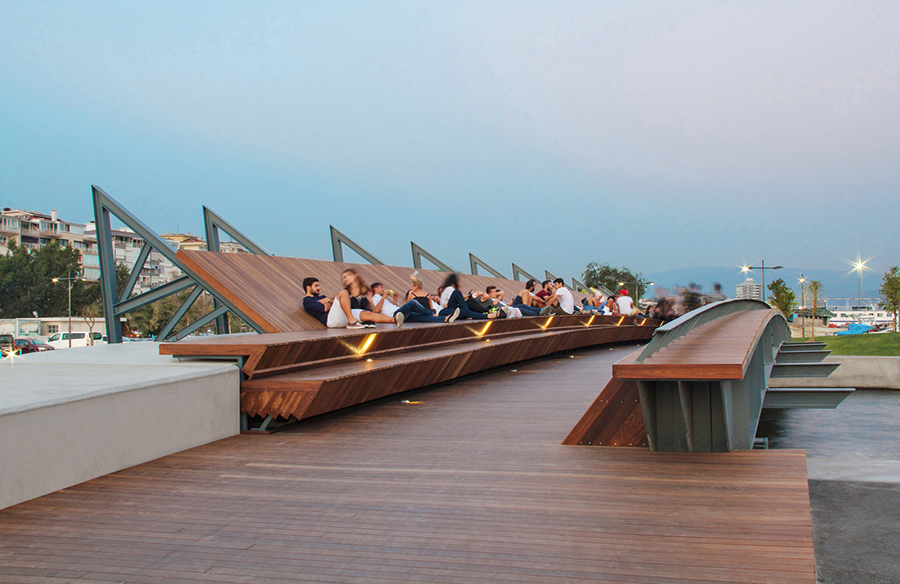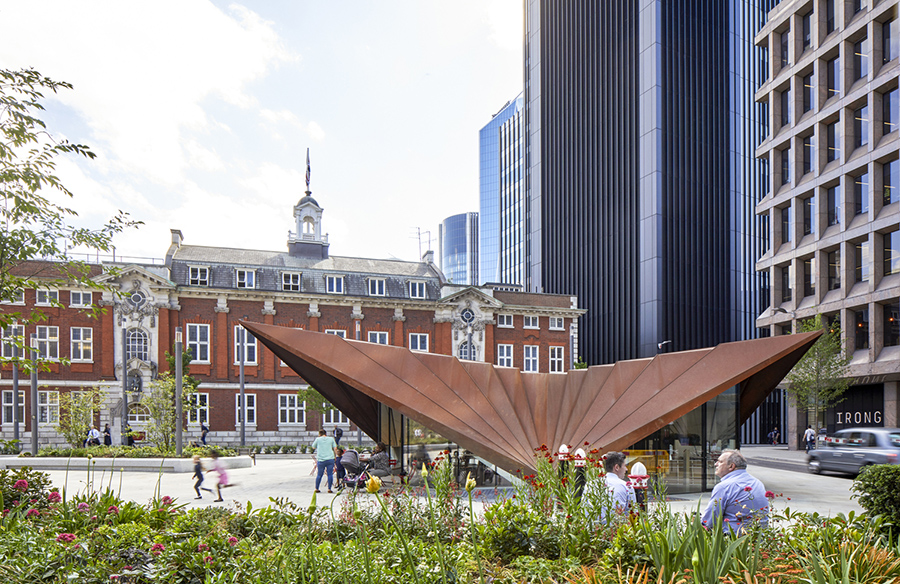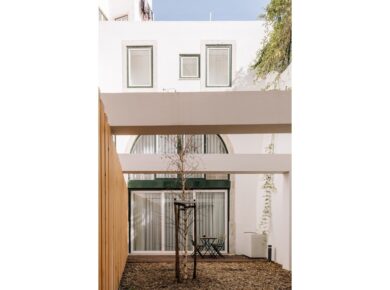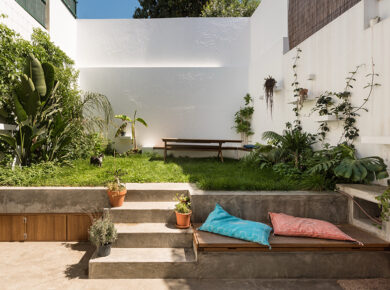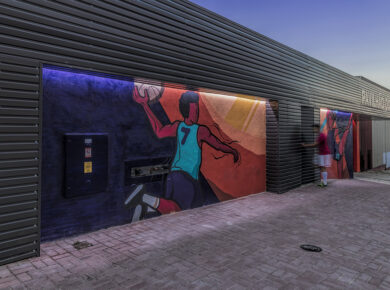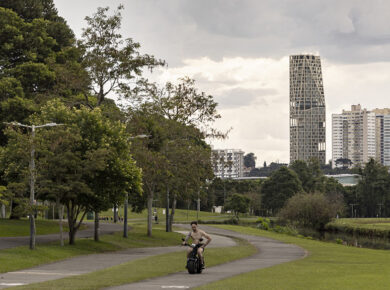In 2005, the design competition entry for Dilli Haat in Janakpuri, titled ‘Haat Beat’, marked the inception of a transformative journey. The initiative, driven by the Delhi Tourism and Transportation Development Corporation (DTTDC), aimed to establish a vibrant cultural hub in an area with limited recreational options, fostering a renewed connection between the community and its surroundings.
Redefining Design Principles

With two existing Dilli Haats in the city, the project necessitated a reevaluation of design paradigms. While maintaining the fundamental goal of providing a platform for artisans to engage with urban dwellers, the new Haat required its own distinct identity to attract visitors from across the city. The design ethos sought to bridge the gap between tradition and modernity, seamlessly integrating timeless craft with contemporary sensibilities.
Site Context and Planning
Spanning a sprawling six-acre plot, the site presented a unique challenge with its varied orientation and surrounding landmarks. Nestled between a bustling bus terminus and the tranquil greens of Tihar jail, the complex was strategically planned with dual entrances to accommodate vehicular and pedestrian traffic. The layout featured dedicated zones for crafts, culinary experiences, entertainment, and exhibitions, catering to diverse visitor interests.
Functionality and Form
The architectural intervention aimed at seamlessly blending functionality with aesthetic appeal. The complex boasted state-of-the-art facilities, including an indoor auditorium, an open-air amphitheater, and multipurpose exposition halls. Integral to the design was the thematic integration of music, reflected in the auditorium’s capacity for large concerts and the inclusion of a music center and museum.
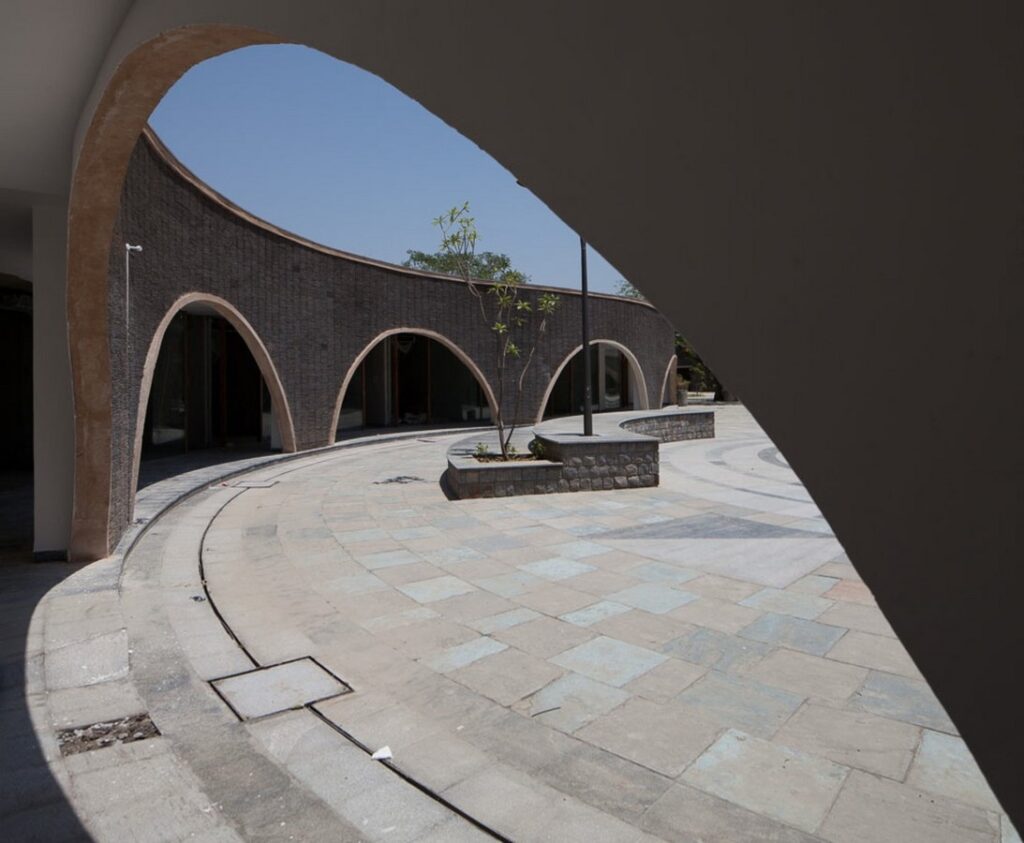
Fusion of Tradition and Innovation
Drawing inspiration from traditional ‘haats’, the design palette juxtaposed indigenous materials like Agra stone and Kota stone with contemporary elements such as bamboo structures and steel canopies. The result was a harmonious interplay of textures and colors, creating inviting spaces that celebrated both heritage and modernity.
Engaging Experiences
The Haat offered an immersive experience for visitors, with outdoor shops, craft clusters, and a bustling food court showcasing the vibrant tapestry of Indian culture. The architectural elements, including towering bamboo baskets and meandering pathways, added to the immersive ambiance, inviting exploration and discovery.
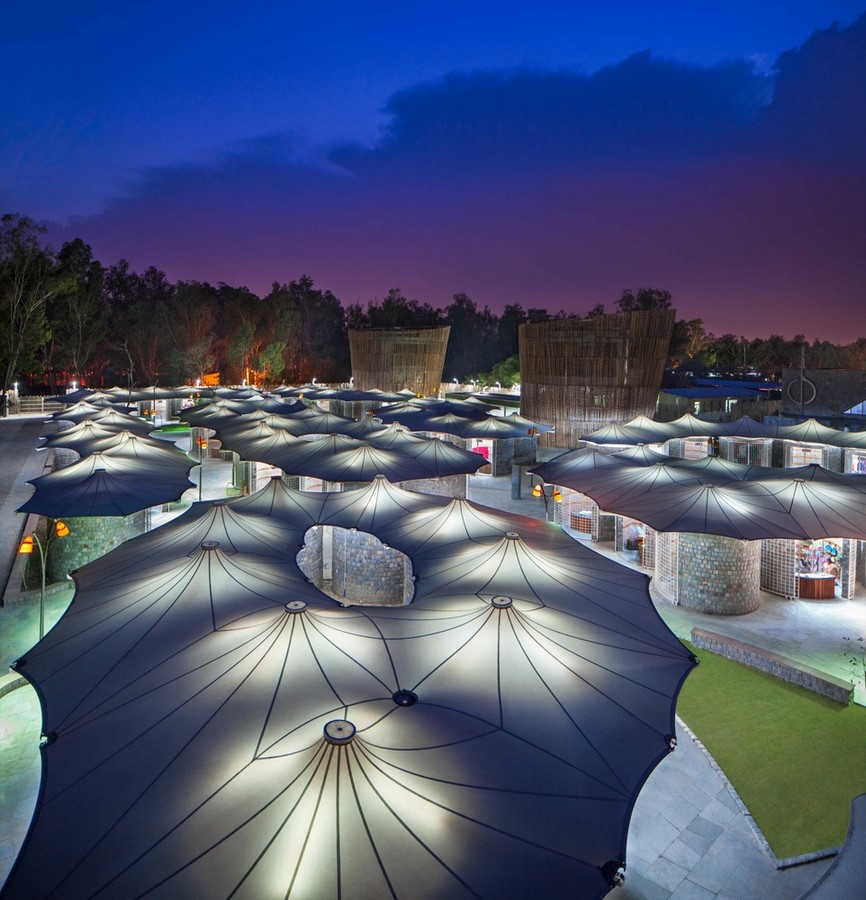
Sustainability and Sensibility
In addition to its cultural significance, the Haat prioritized sustainability, incorporating green spaces, natural ventilation, and energy-efficient design features. The use of indigenous plants and materials not only minimized environmental impact but also enhanced the aesthetic appeal of the complex.
Conclusion
Dilli Haat in Janakpuri stands as a testament to the transformative power of design in revitalizing urban spaces. By seamlessly blending tradition with innovation, the project has created a dynamic cultural hub that celebrates the rich tapestry of Indian heritage while embracing the spirit of modernity.

